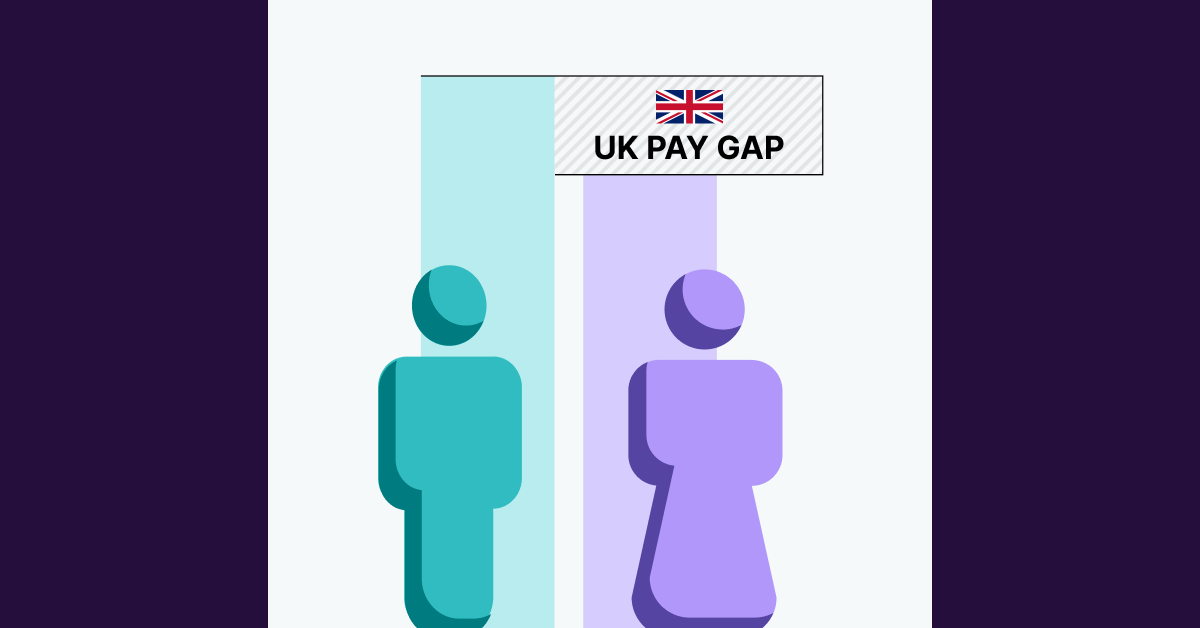What do you do when your employees raise concerns about fair pay? What information do they want — and need — to know? What is pay transparency? How transparent should your organization be around pay equity?
These questions are top of mind for Human Resources (HR) leaders as pressure mounts for employers to be more transparent about pay. In our latest Fairness at Work webinar, How to Talk to Your Employees about Pay Equity, Syndio CEO Maria Colacurcio sat down with Kate Woodward, Senior Labor and Employment Counsel at GE Healthcare, and Tanya Casey, Senior Director, Product Management CLM+ and Industry Strategies at DocuSign, to discuss what it means to be transparent about pay equity and how to do salary transparency well.
What is pay transparency?
Pay transparency refers to a company voluntarily sharing information relating to the pay policies and compensation data for their employees in an effort to make the workplace more equitable. Many employees want to know about salary ranges, how market rates are impacting new employees’ salaries, the company’s salary formula, the results of pay equity analyses, and if there is a gender pay gap or racial pay gap in their workplace.
Employees (especially Millennials and Gen Z) are putting increased importance on pay transparency and sharing compensation information. The House just passed the Paycheck Fairness Act. And leading brands are setting a new precedent for voluntary pay transparency.
5 steps to make pay transparency a brand advantage
Here are five steps from the webinar to help you make pay transparency work for your brand.
1. Assemble the right team
If your legal team or external counsel are the only ones driving your pay equity strategy and transparency policies, you’re missing a big opportunity. While legal can be a part of the process, make sure HR and Compensation are leading the effort — because fair pay goes far beyond compliance. It defines your employer brand.
As Woodward explained, this is all part of retaining and attracting great talent — it’s a team effort, with people leaders and HR and Compensation leaders all needing to be involved. These leaders know your employees best.
Once your core team is in place, then you can start to fold in other key stakeholders on a workplace equity committee, including executives, hiring managers, and marketing/communications.
2. Get accurate data to know where you stand
Accurate data puts you in the driver’s seat so you can proactively analyze pay equity, address issues, and communicate about pay on your own terms.
“We are in a fast-paced world where employees move in and out of jobs all the time, so your data is constantly changing. You have to make sure you have your arms around that data and have a way to look at it that’s meaningful.”
– Kate Woodward, Senior Labor and Employment Counsel at GE Healthcare
To do this, enterprises are switching from manual, one-off audits to ongoing pay equity management powered by pay equity software. Software provides them with an accurate, up-to-date, always-on view of pay equity data so they can consistently track, and communicate as needed, how employees are being paid equitably as it relates to both company pay policies and current laws. Ideally, you’re able to look at pay equity on an ongoing basis, resolving issues before complaints ever arise.
Key insight: When you first analyze pay equity, you’ll likely find inequities, and that’s okay. Almost every organization has some bias resulting from years of pay decisions. The important thing is creating an action plan to do something about it.
3. Agree on what to say about pay equity
When we asked viewers about their biggest challenge around pay equity, 46% said it was not having alignment with leadership on how to talk about it, and 37% said they weren’t sure what they were allowed to say. Only 17% said they didn’t know the answer to employee’s questions.
Avoid these mistakes by creating a roadmap for pay transparency. It’s important to get everyone on the same page with what questions you need to answer and how you’re going to answer them, like:
- How does your organization define fairness?
- What factors go into determining salaries?
- When you say you’re analyzing compensation, are you talking about salaries? Benefits? Stock? Options? Restricted Stock Options (RSUs)? Total Rewards?
Employees aren’t all paid the same. They know this. But they want to know that the reasons behind their compensation — and how it differs from their colleagues — are legitimate and fair.
To keep employees happy, organizations need to provide this information in a clear, data-backed manner. What’s critical is knowing why pay differences exist and being equipped with data to support those reasons.
→ Get the Pay Transparency Communications Playbook to build your communications strategy.
4. Educate your frontline leaders
Once you’re clear on what you want to say, provide pay transparency training for managers to share the information — and how to say it. “We need to arm our leadership and HR to have those conversations and to really own the process,” said Woodward.
When managers are well-informed on all underlying pay policies and can talk confidently about equitable pay, they can answer questions accurately and become HR’s biggest allies in cultivating a culture of fairness and building trust.
5. Communicate with employees
“Transparency can mean a number of different things to employees, but is really rooted in being informed so that you’re not in a situation where people come to conclusions on their own.”
– Tanya Casey, Senior Director, Product Management CLM+ and Industry Strategies at DocuSign
When there’s no transparency, employees start to fill the void with misinformation. But when employees perceive a credible organizational effort to address equity, it has a direct impact on improving HR metrics like performance and retention, according to Gartner.
“I believe that employees are a lot more tolerant than people actually think,” said Casey. “The most important thing is to tell them that you’re analyzing pay equity and if you found inequity that you’re taking swift action.”
Continue learning about pay transparency with industry experts
If you’re a key stakeholder in the pay equity conversation at your organization we’re here to support you. Continue to focus on strategies and tactics that will help you achieve fairness, transparency, and pay equity for all with more Fairness at Work episodes.
To learn more about how to talk to your employees about pay equity you can watch the full recording of “How to Talk to Your Employees about Pay Equity” with Kate Woodward and Tanya Casey.
You can register for our next webinar here.


